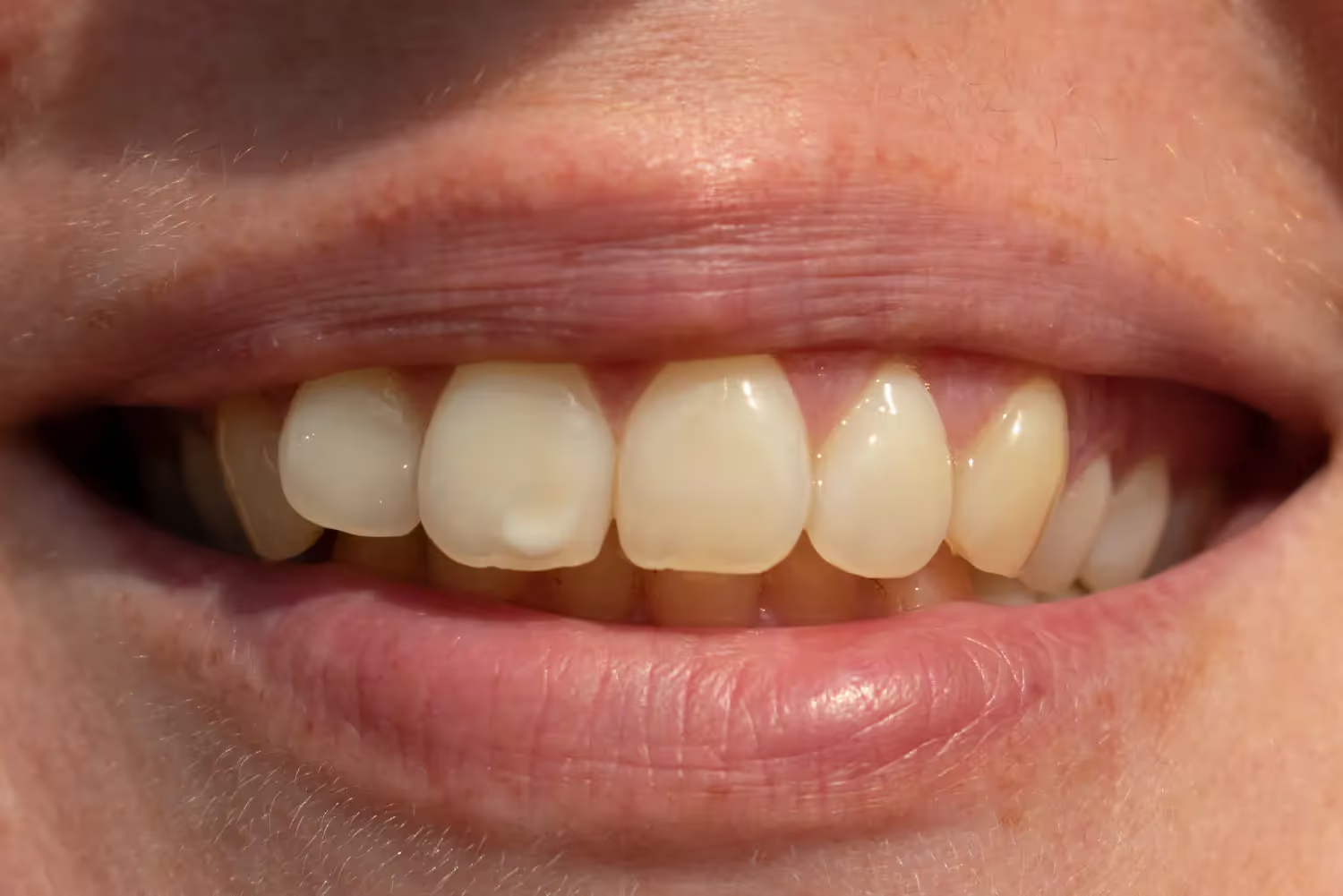Want to deal with the white spot lesions (WSLs) on your teeth once and for all? Our Bonney Lake dental team can help! Contact us today!

The white spots on the teeth are typically a result of the demineralization of the enamel from bacterial plaque. Bacteria on the teeth prices acid, which demineralizes the enamel, leading to these white spots. The same happens if your diet consists of too many acidic foods like lemons, oranges, and grapefruit. White spots also occur if you use too much fluoride and if you suffer from enamel hypoplasia.

See real patient success stories.

The first step in addressing white spots is establishing the cause. The dentist will perform diagnostic tests to determine what causes white spots in your teeth. They’ll then diagnose the cause based on the findings from the dental examination. With a clear diagnosis in hand, the dentist can proceed to the next step.

The dentist will create a treatment plan based on the diagnosis. Some treatment plans consist of a combination of different treatments to eliminate these white spots. The dentist will then use a mild abrasive compound on the teeth’s surface, which removes a thin layer of enamel to eliminate or reduce the appearance of white spots.

The dentist might suggest dental bonding for teeth with too many white spots. Dental bonding involves applying a tooth-colored composite resin material on the teeth to cover the white spots. The dentist will apply the resin material and cure it with a special light. Alternatively, the dentist might recommend veneers, which are thin, tooth-colored shells that go over the tooth to cover white spots.

White spots are sometimes an early sign of dental decay. If that’s the case, the dentist will use Fluoride to remineralize the enamel and kill cavity-causing bacteria. Fluoride treatment involves applying fluoride gel, foam, or varnish on the affected teeth. After the fluoride treatment, the dentist will release you home with instructions for caring for your teeth.
You can prevent white spots in teeth by limiting your consumption of fluoridated water. You should also use the recommended amount of fluoride toothpaste and reduce your consumption of sugary and acidic foods.
White spot treatment is a cosmetic procedure and hence won’t be covered by most insurance policies. However, some insurance might cover part of the cost of treatment. Your policy may also cover white spot treatments if they form part of the dental decay treatment process. Treating dental decay is a restorative procedure and is hence covered by insurance.
No, treating white spots is a painless procedure that only takes a couple of minutes. Micro-abrasion uses an abrasive that only removes a thin layer of enamel. Patients will only feel a slight pressure on their teeth during the treatment. The same goes for fluoride treatments, dental bonding, and veneers. All treatments are painless and don’t need anesthesia.